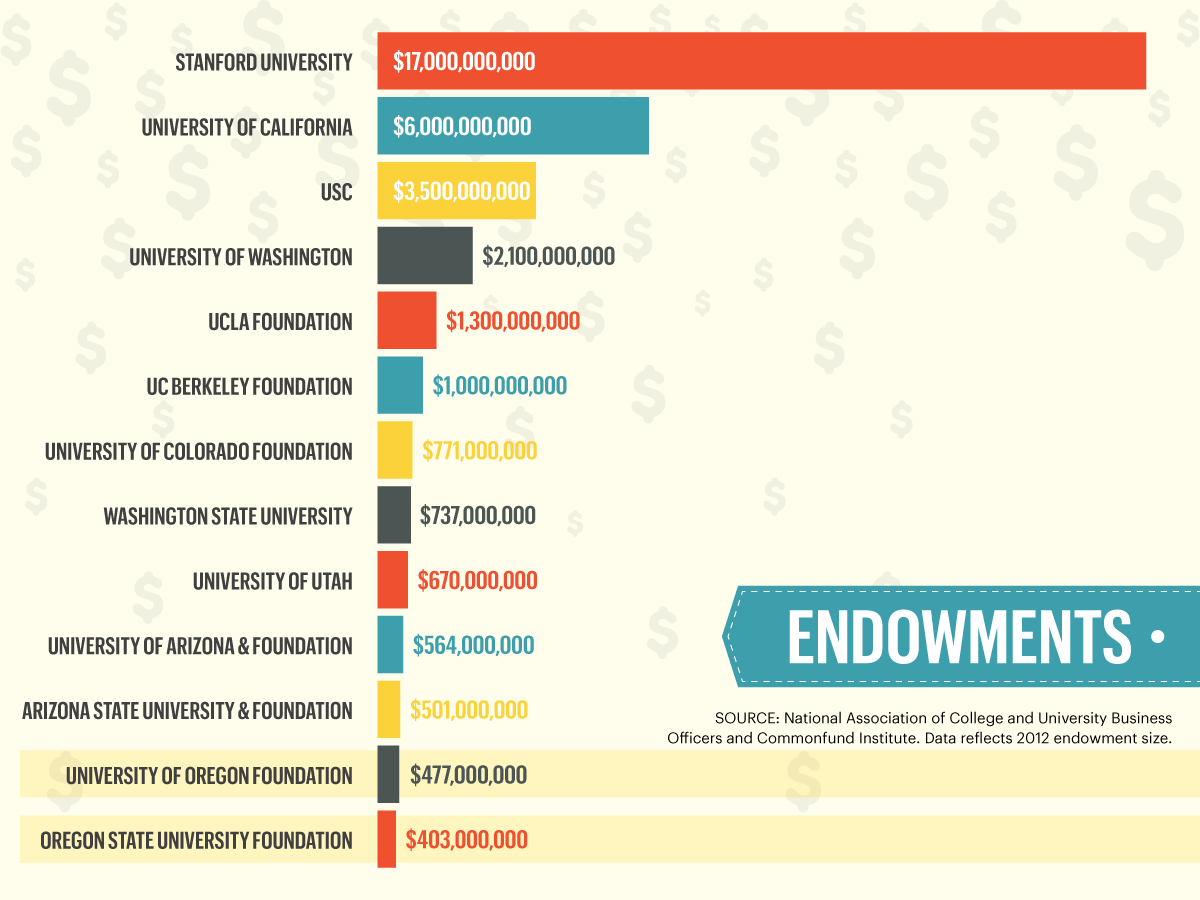ShootSpeeders
Gold Member
- May 13, 2012
- 20,232
- 2,363
- 280
- Banned
- #1
Super liberal Oregon of course. Democrats love to buy votes by handing out monster freebies knowing when the bill comes due, they will be gone.
A $76,000 Monthly Pension: Why States and Cities Are Short on Cash
april 14 2018 A public university president in Oregon gives new meaning to the idea of a pensioner.
Joseph Robertson, an eye surgeon who retired as head of the Oregon Health & Science University last fall, receives the state’s largest government pension.
It is $76,111.
Per month.
Oregon — like many other states and cities, including New Jersey, Kentucky and Connecticut — is caught in a fiscal squeeze of its own making. Its economy is growing, but the cost of its state-run pension system is growing faster. More government workers are retiring, including more than 2,000, like Dr. Robertson, who get pensions exceeding $100,000 a year.
The bill is borne by taxpayers. Oregon’s Public Employees Retirement System has told cities, counties, school districts and other local entities to contribute more to keep the system afloat. They can neither negotiate nor raise local taxes fast enough to keep up. As a result, pensions are crowding out other spending. Essential services are slashed.

